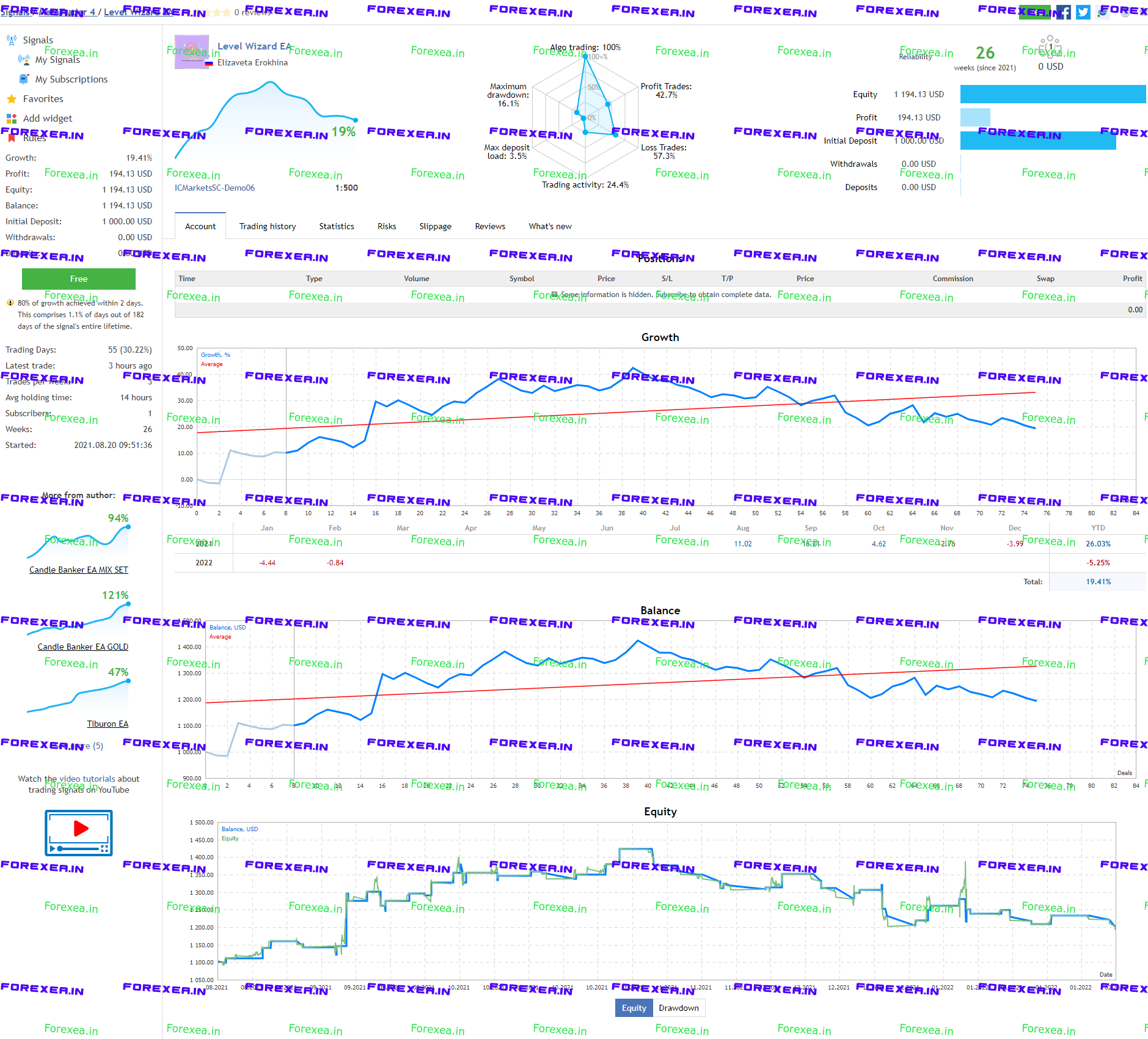Introduction
Leverage is a fundamental concept in the high-octane world of forex trading. It’s an indispensable tool that amplifies the potential profit but also magnifies potential losses. Mastering the art of leverage calculation is paramount to harnessing its transformative power while mitigating risks. This comprehensive guide will delve into the inner workings of leverage calculation, unravel its nuances, and empower you with strategies for leveraging its benefits.

Image: www.asktraders.com
Understanding Leverage
In essence, leverage is a double-edged sword; a tool that allows traders to control a position far larger than their account balance. It’s a loan provided by the brokerage, effectively enabling traders to magnify their buying power. For instance, with a 100:1 leverage, traders can control a $100,000 position with a mere $1,000 in their account. Leverage multiplies both potential profits and losses, making it a potent weapon that both enhances and exacerbates market exposure.
Calculating Leverage
Leverage calculation is a straightforward process that requires a basic understanding of forex trading fundamentals. It’s expressed as a ratio, typically ranging from 10:1 to 500:1 and determined by dividing the position size by the equity in the trading account.
Leverage = Position Size / Account Equity
For example, if a trader opens a position worth $100,000 with an account balance of $5,000, the leverage would be:
Leverage = $100,000 / $5,000 = 20:1
The leverage ratio indicates that the trader is controlling a position 20 times larger than their account size.
The Impact of Leverage
As discussed earlier, leverage is a double-edged sword. It can exponentially amplify profits in a favorable market, but it can also magnify losses if the market turns against them. Therefore, it’s crucial to carefully weigh the potential rewards against the risks before determining the appropriate level of leverage for individual trading strategies.

Image: www.wealthwithin.com.au
Leverage and Risk Management
The risk management aspect of leverage is paramount. While it has the potential to enhance profitability, it’s essential to understand the increased risks associated with its use. Leverage can exacerbate losses far more quickly than in a non-leveraged scenario. Therefore, it’s critical to implement prudent risk management strategies such as stop-loss orders, position sizing, and strict adherence to trading plans.
Strategies for Effective Leverage Deployment
Leverage can be a valuable asset, but only when used wisely. Here are some strategies to harness its power while minimizing risks:
-
Start Small: Begin with a conservative leverage ratio and gradually increase it as experience and risk tolerance grow.
-
Understand Market Volatility: Consider market volatility when determining leverage ratios. Higher volatility warrants lower leverage to mitigate potential losses.
-
Use Stop-Loss Orders: Stop-loss orders are crucial to limit losses by automatically exiting trades when predefined thresholds are reached.
-
Diversify: Diversifying trading positions across multiple instruments can reduce overall risk exposure.
-
Practice Risk Management: Develop a comprehensive risk management plan that outlines clear guidelines for leverage usage and loss mitigation strategies.
-
Personalize Trading Strategies: Leverage should complement trading strategies and risk tolerance. Tailor leverage ratios to suit individual trading styles and goals.
How To Calculate Leverage In Forex Trading
Conclusion
Leverage is a potent tool in forex trading, but it requires careful calculation and deployment for maximum benefit and minimum risk. By understanding the basics of leverage calculation, traders are better equipped to make informed decisions, effectively manage risks, and harness the full potential of this transformative tool. Remember, leverage can be a double-edged sword; wield it wisely for trading success.






